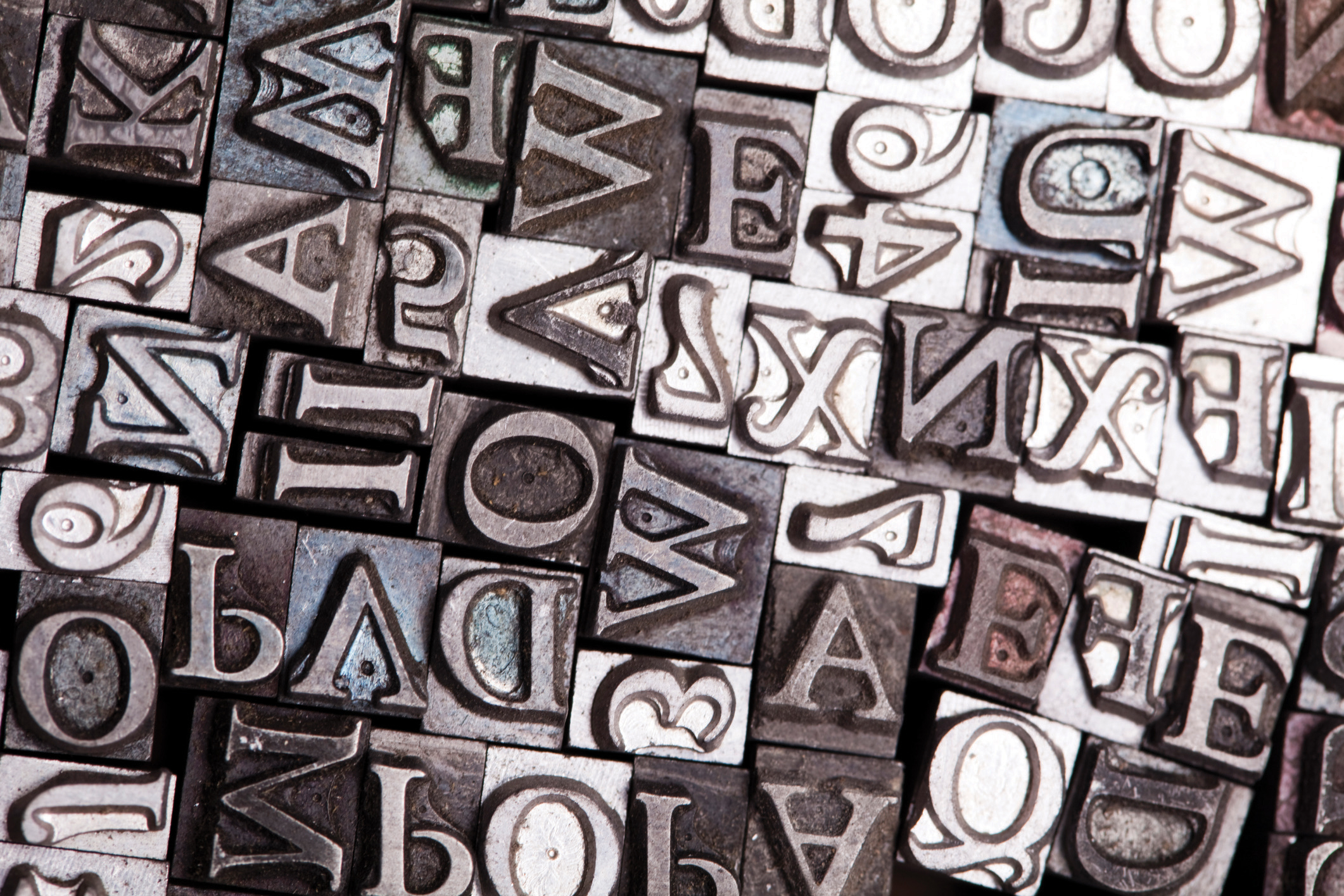DESMA Week 4
This week’s theme really caught my
attention on how interesting technology can be used in various ways for medical
related purposes. There are many machines and different types of technology
used for human benefits. X-rays and MRI’s are perfect examples to display their
usefulness and how they are important to our world. In my experience, I had to
get multiple MRI screenings for my knee because of an injury that occurred during
a game. If it wasn’t for this technology, doctors or myself would not have
known that I had a torn Anterior Crucial Ligament (ACL) and meniscus. In this
case, having developed this machine along with many others has become an
important factor in the medical field.
In relation to art with medicine and
technology, Professor Vesna mentions, in lecture one, that artists took
interest within the human body. By taking interest in the human anatomy,
artists back then dissected cadavers to take a closer look into the structure
of the human body. Although there were different cultural ways of dissecting a
human body, this allowed not only artists, but doctors and the entire medical
field to study the human anatomy and gain knowledge of the details of the
inside of a human being. Artists played an important role during this process
because technology was not as developed back then like today. So what artists
would do, is they would help those people in the medical field study the human
anatomy by drawing and illustrating it for them. Andreas Vesalius was one of
the authors who created a book that goes in depth with the human structure.

MRI scan on the knee.
https://www.healthcare.siemens.com/magnetic-resonance-imaging/options-and-upgrades/coils/tx-rx-15-channel-knee-coil

Andreas Vesalius anatomical drawing of the human structure.
http://www.citrinitas.com/history_of_viscom/images/masters/vesalius.html
 Human dissections used to draw the human structure.
Human dissections used to draw the human structure.
http://quintopilar.blogspot.com/2010_08_01_archive.html
Citations:
Vesna, Victoria. "Medicine
Pt1." YouTube. YouTube, 2012. Web. 21 Apr. 2016.
<https://www.youtube.com/watch?v=Ep0M2bOM9Tk>.
Vesna, Victoria. "Medicine
Pt2." YouTube. YouTube, 2012. Web. 21 Apr. 2016.
<https://www.youtube.com/watch?v=psjnQarHOqQ>.
Vesna, Victoria. "Medicine
Pt3." YouTube. YouTube, 2012. Web. 21 Apr. 2016.
<https://www.youtube.com/watch?v=FIX-9mXd3Y4>.
Todorovic, Zoran.
"Culturebase.net - a Unique Online Source on Contemporary International
Artists." Zoran Todorovic Artist Portrait. Web. 21 Apr. 2016.
<http://www.culturebase.net/artist.php?188>.
"HOME." Christophe
Luxereau Website : Home. Web. 21 Apr. 2016.
<http://www.luxereau.com/>.


 An painting depicting originality.
An painting depicting originality. 

